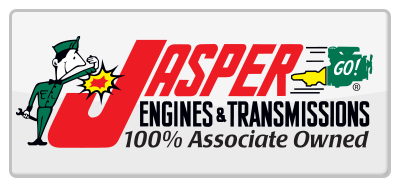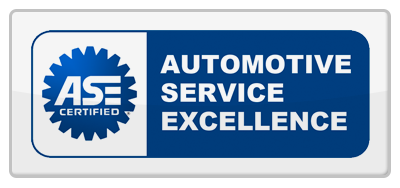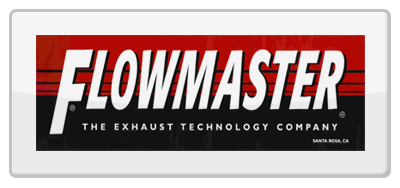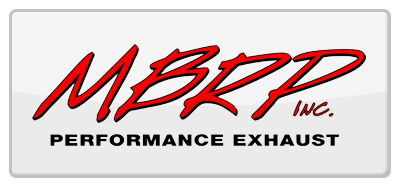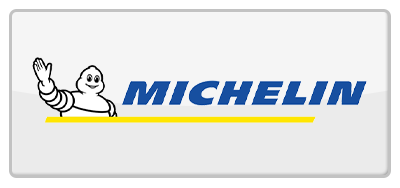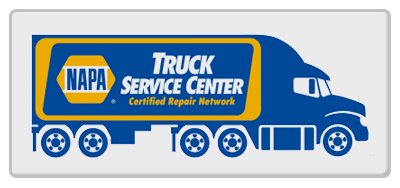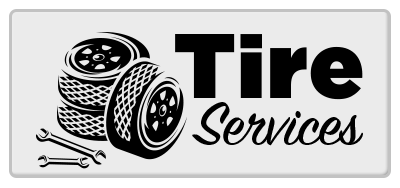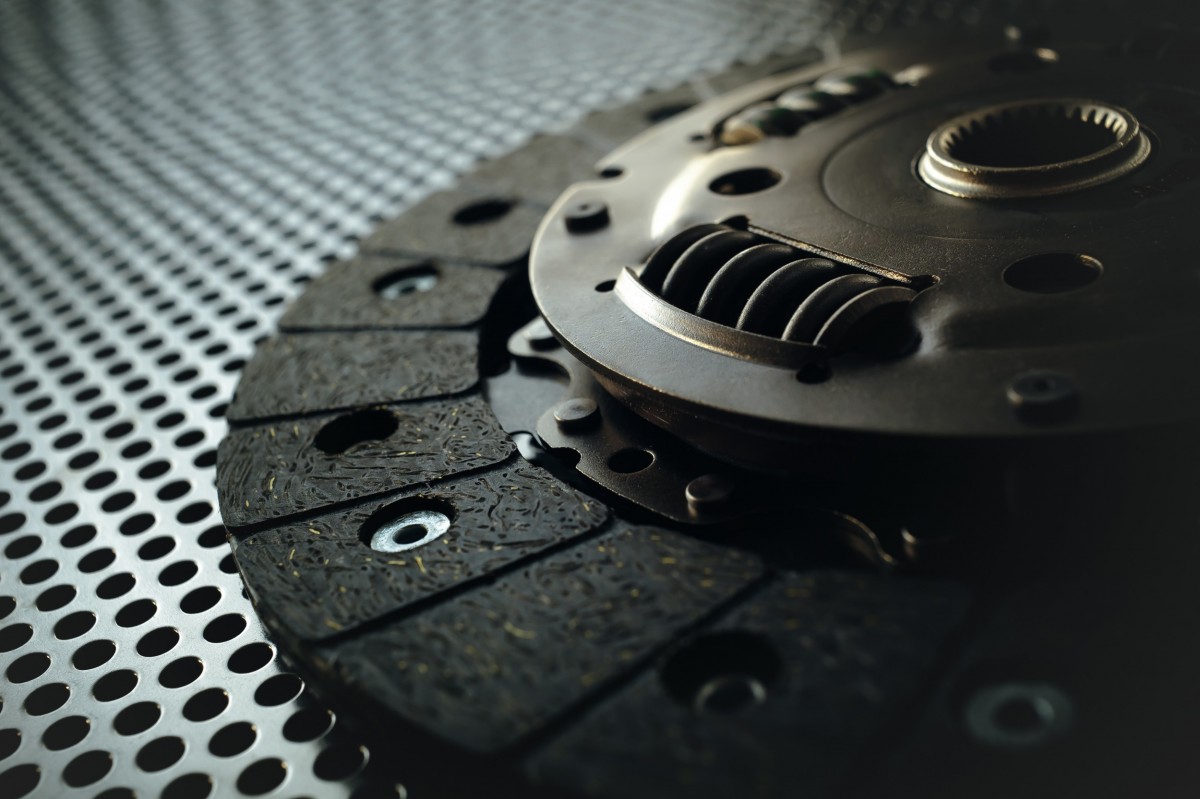
If you drive a car, truck, or SUV with a manual transmission, the pressure plate is an integral part of your vehicle. From D & E Service Center in Andover, here’s what you need to know.
The pressure plate is responsible for holding the clutch disc tightly against the flywheel while the clutch is engaged, driving your transmission. It is also responsible for releasing the clutch disc whenever you depress the clutch pedal, disengaging the transmission from the engine.
There are two critical aspects of the pressure plate. The first is the tines, which act as a spring mechanism, to engage or disengage the clutch disc. The second is the surface which engages the clutch disc; it resembles a brake rotor somewhat. If either of these functions fails, you’ll notice symptoms in the way your car operates.
If the spring mechanism is worn, it will no longer engage or disengage the clutch correctly. You may notice difficult shifting, “walking” when you have the pedal depressed (meaning the car is still trying to pull away,) or a clutch feel that is simultaneously very difficult and springy. If the surface of the plate is damaged, due to age, wear, or heat, it may crack, warp, or develop deformities on the surface. When this happens, sometimes the clutch will slip, vibration will occur with the clutch engaged, or undulation in the pedal will be felt.
If your vehicle is exhibiting symptoms of a failing pressure plate, have it repaired sooner rather than later. Neglecting the repair puts other components at immediate risk, and it’s possible your car will stop shifting altogether. For pressure plate replacements, and all of your other transmission repair and maintenance needs, our professional technicians have you covered. For the best transmission service shop in Andover, call or stop by D & E Service Center today.


